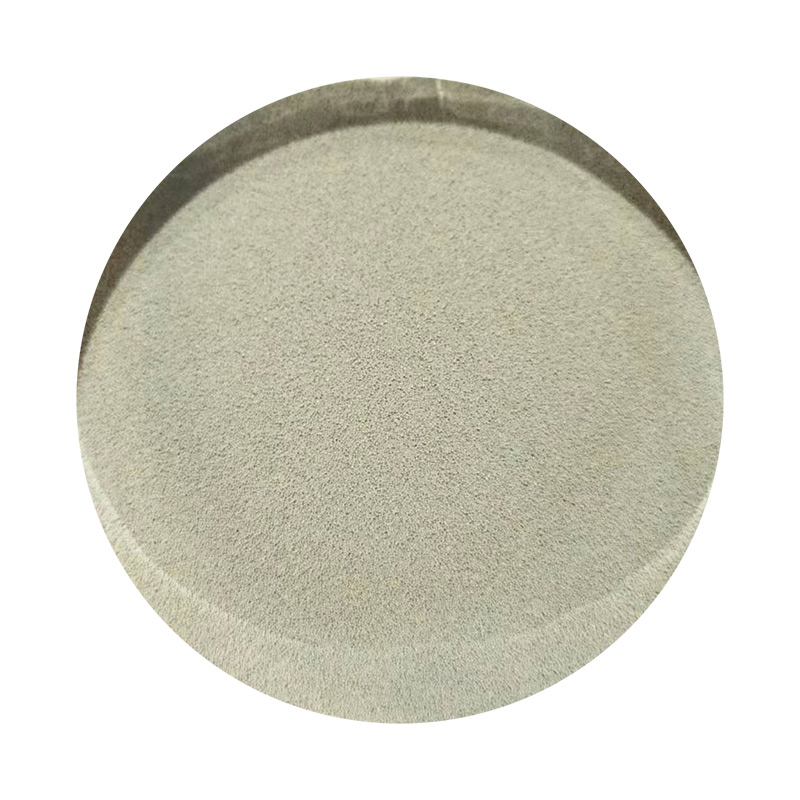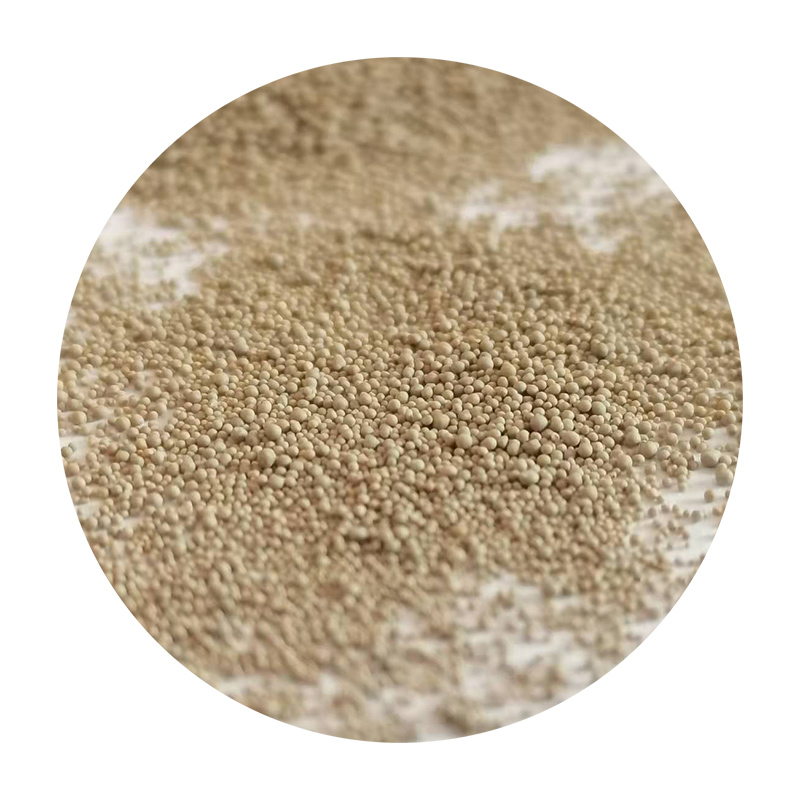

Professionals leverage their expertise to tweak the hard sand casting process to address potential challenges, such as sand permeability and mold hardness. Understanding the physics behind mold and metal interaction helps in reducing defects like porosity or poor surface finish. Implementing rigorous quality control throughout the production stages ensures consistency and high standards, positioning hard sand casting as a reliable manufacturing strategy. Authority in this domain is encapsulated through adherence to industry standards and certifications, such as ASTM or ISO, which endorse the credibility of the casting processes. Trusted manufacturers continuously innovate and upgrade their facilities, integrating automation and AI-driven technologies to enhance precision and repeatability. These advancements not only streamline operations but also align with environmental protocols, minimizing waste and promoting sustainability. Experience plays a pivotal role in establishing trustworthiness within the hard sand casting community. Seasoned foundries with decades of operational history are adept at navigating complex projects, backed by a portfolio of successful past endeavors. This historical reliability fosters collaboration and confidence among clients seeking dependable manufacturing partners. In conclusion, embracing hard sand casting for product manufacturing embodies a synthesis of traditional craftsmanship and modern technological advancements. By prioritizing expert knowledge, adhering to authoritative practices, and leveraging extensive industry experience, this technique remains a vanguard of innovation and excellence. Companies investing in hard sand casting practices can expect robust solutions that not only meet their immediate manufacturing needs but also support long-term strategic goals in product development and sustainability. Post time:ม.ค. . 29, 2025 02:55
Next:sand casting sand types
